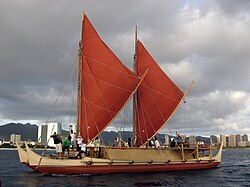References
- ↑ Banagudos, Rey-Luis (26 December 2018). "Wooden boatmaking embraces Mindanao life, culture". Philippine News Agency. Retrieved 14 June 2022.
- ↑ Muallil, Richard N.; Irilis, Roger A.; Habibuddin, Argamar A.; Abdulmajid, Nur-aisa S.; Ajik, Jaro O.; Ancheta, Ronaldo A. (2024-02-01). "A rapid assessment of the status, trends and challenges in small-scale commercial sardine fisheries in the Sulu Archipelago, southern Philippines" . Marine Policy. 160 105965. doi:10.1016/j.marpol.2023.105965. ISSN 0308-597X.
- ↑ Ajik, Jaro Omar; Tahiluddin, Albaris Beteh (2021-11-29). "Size distribution, length-weight relationship, and catch per unit effort of frigate tuna, Auxis thazard (Lacepède, 1800) in Tawi-Tawi waters, southern Philippines, caught using multiple handline". Marine Science and Technology Bulletin. 10 (4): 370–375.
| Commercial | ||
|---|---|---|
| Traditional |
| |
| Dories | ||
| Oyster boats | ||
| Recreational | ||
| Builders and designers | ||





